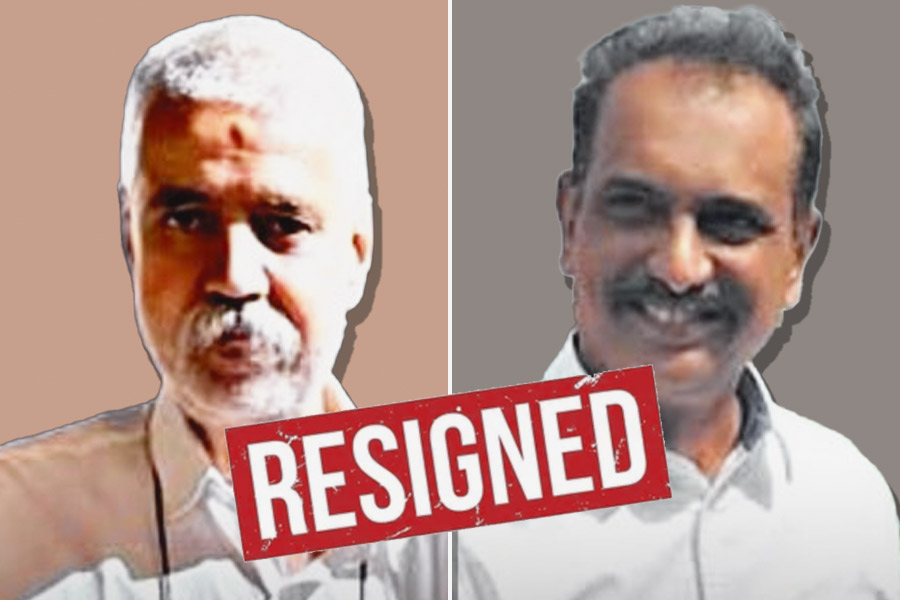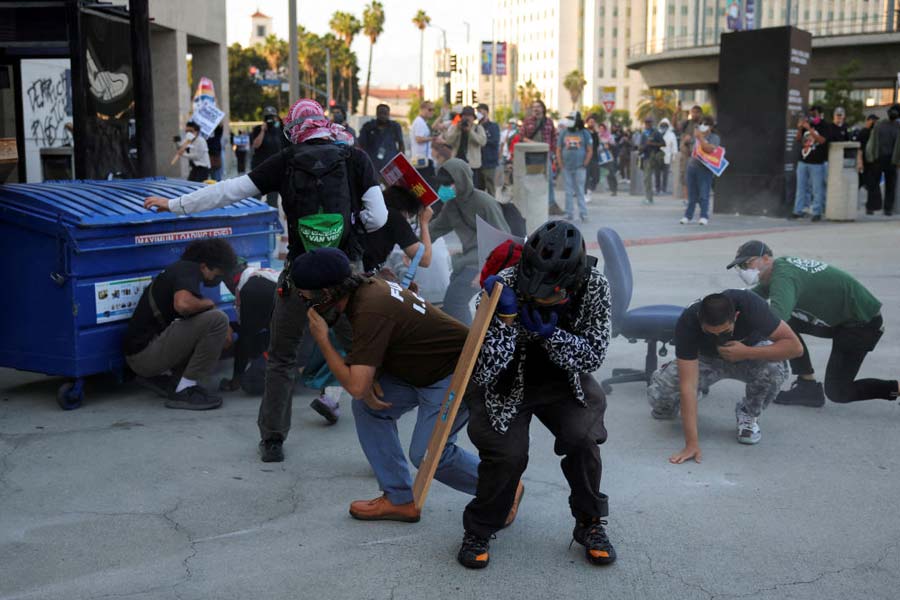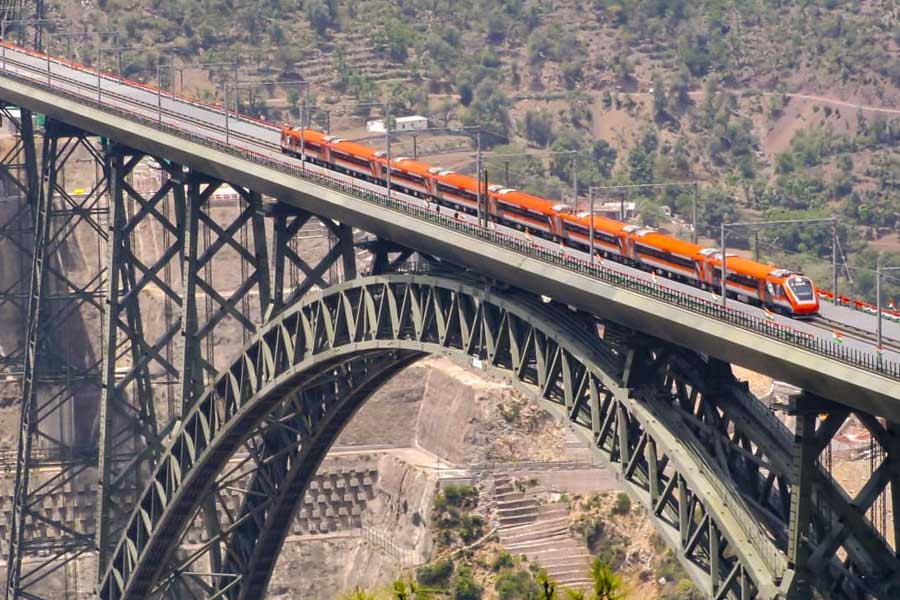Mason: Among the countless boys who dreamed of becoming Spain’s next tennis champion, a preternatural ferocity set Rafael Nadal apart. The way he attacked every ball and played each point as if it were his last — even at age 14, whether in practice or competition — was so striking that it worried Jose Higueras.
Sooner or later, the former Spanish great remembers thinking, this promising youngster’s passion for tennis would take a toll on his body. And it was simply a matter of time, he feared, before the boy would be forced to take a long break.
“Everybody told (me) this in the past: ‘This guy only can play two years like this,’” Nadal said this month, during a break in preparations for his second tournament after the recent injury-induced hiatus that had been predicted. “And then, it’s five now. Five years I am there (in the top ranks). I am there. Still there, no? You never know when you finish your career. But I hope to be here a few more years.”
Forced to the sidelines by tendinitis in both knees, Nadal disappeared from the tennis landscape for two months this summer. The layoff, which came on the heels of his stunning fourth-round loss at the French Open on May 31 and lasted until early August, robbed men’s tennis of its most charismatic figure, stalled its most compelling rivalry and cost Nadal dearly.
He was unable to defend the Wimbledon crown that he wrested from Roger Federer in a 2008 final that was considered the greatest ever played. So he watched from his home on the island of Majorca as the peerless Swiss reclaimed the title and, with it, the No. 1 world ranking. In the weeks that followed, Nadal slipped to No. 3, his lowest rank since 2005.
So in the Cincinnati Masters, Nadal took measured steps back to form in hopes of being as fit as possible for his seventh assault on the US Open, the one major title to elude him.
But the challenge that confronts Nadal on the eve of this year’s tournament is more deep-seated than the tricky first-round opponent he has drawn or even the lingering questions about his knees.
It goes to the essence of his game — and how many more years he can mount a credible challenge given the painful ailment he’s grappling with at a relatively tender age. Nadal’s relentless, physical style of play is what has made him exceptional. Yet it has also exacted a price, with different forms of tendinitis forcing him to cut short his 2008 season and halt his 2009 campaign at its most critical juncture.
As Nadal looks to the future, the fundamental question is twofold: Can he retool his game so he runs less and finishes matches more quickly, and still achieve world-class results? Or is Nadal’s punishing approach to tennis — more defensive than offensive, so encoded in his competitive DNA that such an overhaul is unthinkable?
The US Open has long represented Nadal’s greatest challenge. Although he won four French Opens, Wimbledon and the Australian Open by age 22, Nadal has never gotten past the semi-finals of the US Open.
Hard courts aren’t his best surface. And Nadal doesn’t feel entirely at home in the cavernous, 23,000-seat Arthur Ashe Stadium, the world’s largest tennis venue.
There’s also the matter of its place on the calendar, coming eight months into the season. Given Nadal’s penchant for playing more matches than his peers, he has rarely arrived fresh. This year, he may be arriving too fresh. “It’s not the best preparation — an injury of two months,” he said, asked about his expectations. “But I’m going to try my best. I’m going to push hard every year to try to win it.”
“The US ,” he noted after a long pause, “is the only one who remains.”
Washington Post news service











